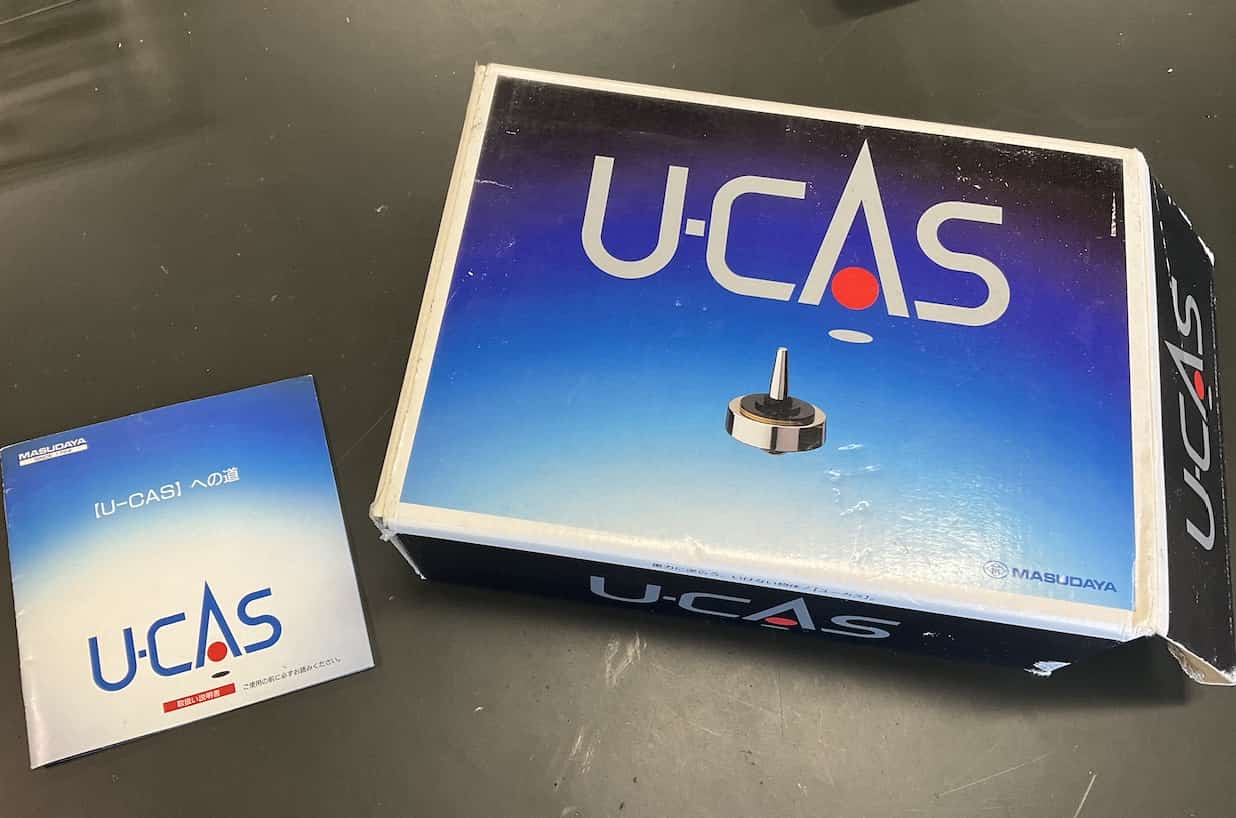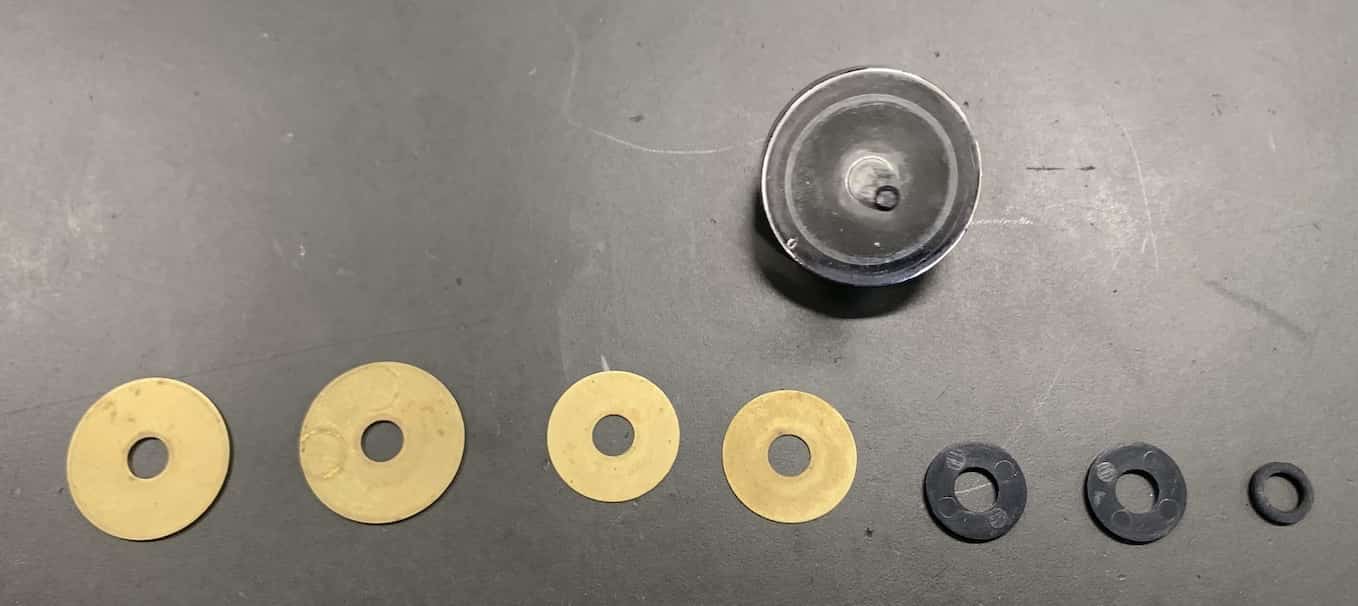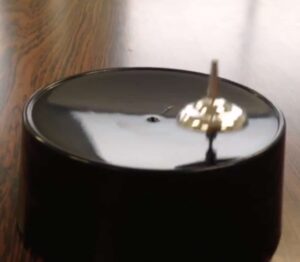The Magic of Magnetism: How a Spinning Top Defies Gravity (and Why the Earth and Temperature Matter)
I’m Ken Kuwako, your Science Trainer. Every Day is an Experiment!

Floating Top U-CAS (Amazon)
Have you ever seen a top float mysteriously in the air, as if by magic? At first glance, it might look like a superpower, but it’s actually a phenomenon that can be explained by science. Today, let me introduce you to the wondrous world of invisible forces through the challenge of the toy “Floating Top U-CAS,” where you can experience this scientific magic firsthand.
Is It Magic? The Secret to the Floating Top
Recently, I tried out the “Floating Top U-CAS” with my science club students. The U-CAS has magnets embedded in both the top and the base. As you know, magnets have North and South poles: like poles (N and N, S and S) repel each other, and unlike poles (N and S) attract. The U-CAS uses this magnetic repulsive force to suspend the top in the air, making it a truly fascinating toy.

However, making the top float is much harder than you might think! For the top to hover perfectly, the downward pull of the Earth—Gravity—must be precisely balanced by the upward push—the Repulsive Force—from the base magnet, like a perfect tug-of-war. The real thrill, and the difficulty, of this experiment lies in finding that precise, exquisite balance by adjusting the included weights.
Why the Spin? The Key to Stability is the “Gyroscope Effect”
After much struggle, the moment of success finally arrived!

Now, doesn’t a new question pop into your mind? “Why do we have to spin the top?”
The truth is, if you simply rely on the magnetic repulsion, the top will immediately lose its balance and fall over. This is where the “Gyroscope Effect” produced by spinning comes into play. A rotating object has the tendency to maintain its axis of rotation. The reason a fast-moving bicycle is hard to tip over is also thanks to the gyroscope effect of the spinning wheels. By spinning the top, its posture stabilizes, allowing it to maintain the delicate balance between magnetic force and gravity and continue to float beautifully.
Is Earth a Magnet, Too? The Mystery of Floating Conditions Changing Daily
What’s even more fascinating is that this perfect balance subtly changes depending on the latitude and temperature.

When we conducted the experiment at Chiba University Junior High School (on January 28th, room temperature 10°C), we succeeded by adding a total of 8.4g of weight: two large metal pieces (3g x 2), two medium metal pieces (1g x 2), two medium plastic pieces (0.2g x 2), plus a small rubber stopper.
The truth is, the Earth we live on is itself a giant magnet (geomagnetism). Because of this, the magnetic influence the top receives changes slightly depending on the location (latitude). Furthermore, because magnets have the property of becoming slightly weaker when the temperature rises, the optimal weight also changes depending on the room temperature.
Later, when we used this for a science show at school, the students managed to succeed through their efforts, but we still needed to readjust the weight to match the day’s environment. The Floating Top, whose condition changes daily, is almost like a living thing. Interacting with the invisible laws of nature to achieve a single successful phenomenon—that might be the true essence of what makes science experiments so fun.
Floating Top U-CAS (Amazon)
Next, let’s try spinning the Perpetual Top.
Contact and Requests
Bringing the wonders and fun of science closer to you! I’ve put together easy-to-understand tips and fun science experiments you can do at home. Feel free to search around!
・About the administrator, Ken Kuwako: Click here
・For various requests (writing, lectures, science workshops, TV supervision, appearances, etc.): Click here
・Article updates are delivered on X (formerly Twitter)!
![]() We post experiment videos on the Science Topic Channel!
We post experiment videos on the Science Topic Channel!


